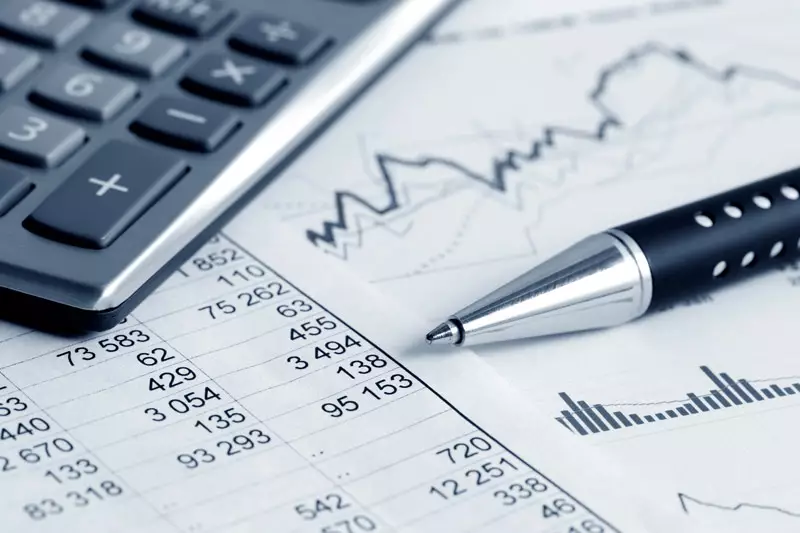As the week drew to a close, the U.S. dollar exhibited a complex interplay of gains and losses, particularly against the Japanese yen. After experiencing a six-week winning streak, the dollar cooled off in the face of upcoming political changes, particularly the looming inauguration of Donald Trump. Investors navigated a landscape fraught with uncertainty as they speculated on potential shifts in economic policy from the incoming administration. The dollar, which had marginally risen against the yen throughout the week, was nevertheless overshadowed by the Japanese currency’s impressive performance, reflecting a growing anticipation of a rate increase from the Bank of Japan (BOJ).
The dollar was recently valued at approximately 156 yen, having gained about 0.68% against Japan’s currency by the end of the trading week. These fluctuations sparked discussions among analysts about the interconnectedness of the dollar’s strength and U.S. interest rates, with many believing that the fate of the yen will remain closely tied to U.S. monetary policy decisions.
Market sentiments have shifted toward the possibility of a rate hike by the BOJ, which is expected to bolster the yen’s position in the foreign exchange market. Signs of persistent inflation in Japan coupled with robust wage growth have fueled expectations for the central bank to adopt a more hawkish stance in the near future. Analysts indicated that trader confidence has surged with an estimated 80% odds of a rate hike occurring in the following week. Such moves by the BOJ could significantly influence the dollar-yen pairing, with the potential to push the dollar lower, bearing in mind that the interest rate differential between U.S. and Japanese currency remains substantial.
U.S. Treasury yields were instrumental in driving the dollar’s strength leading into Trump’s inauguration. Following the release of softer-than-expected core inflation data and comments from Federal Reserve officials, market dynamics shifted. The Fed’s Governor hinted at possible rate cuts that could materialize soon, leading traders to reevaluate the future trajectory of U.S. interest rates. Consequently, investors reduced their expectation of a major rate increase in 2025, adjusting their outlook in light of mixed economic signals from recent data.
Senior investment analysts pointed out that the fluctuations of the dollar have mirrored shifts in both inflation metrics and labor market conditions, reinforcing the notion of their collective significance for future economic forecasts in the U.S. As the Federal Reserve entered its brief period of silence prior to the inauguration, markets remained steadfast in their anticipation of how Trump’s upcoming policies might exacerbate or ease inflationary pressures.
The dollar’s slight retreat came amid broader market reactions to various international economic conditions. The British pound faced pressure, dropping 0.6% against its U.S. counterpart, following unexpected declines in retail sales. This data raised alarm bells regarding the potential for an economic contraction in the UK. Meanwhile, the euro also struggled, resulting in a decrease against the dollar, contributing to a rise in the dollar index amid a backdrop of fluctuating global markets.
Moreover, developments in China’s economy added another layer of complexity to the dollar’s status. With the yuan trading at 7.3249 per dollar, analysts noted that the latest data indicating a strong growth projection of 5% for the country’s economy would be critical, especially with tariff concerns lurking under the surface. The state of U.S.-China trade relations remains a point of anxiety for investors, given the recent dialogue between leaders of both nations and the potential for shifted tariff policies under a new U.S. administration.
As the anticipated inauguration of Trump draws near, market participants remain on edge, eager for guidance on his administration’s economic direction. Amidst fluctuating asset classes, traders and investors are preparing for an increase in market volatility. Bitcoin, for instance, saw gains as the cryptocurrency market speculated on potential shifts in regulatory frameworks that may accompany Trump’s leadership.
The interplay between the dollar, its peers, and forthcoming political events underscores the intricate and often unpredictable nature of financial markets. Investors’ adaptive strategies, influenced by real-time data and sentiments surrounding economic policy shifts, will be pivotal in navigating through the choppy waters of the financial landscape in the near future. The dollar’s recent performance illustrates not just a reaction to prevailing economic conditions but also a broader narrative about global interconnectedness in today’s marketplace.

